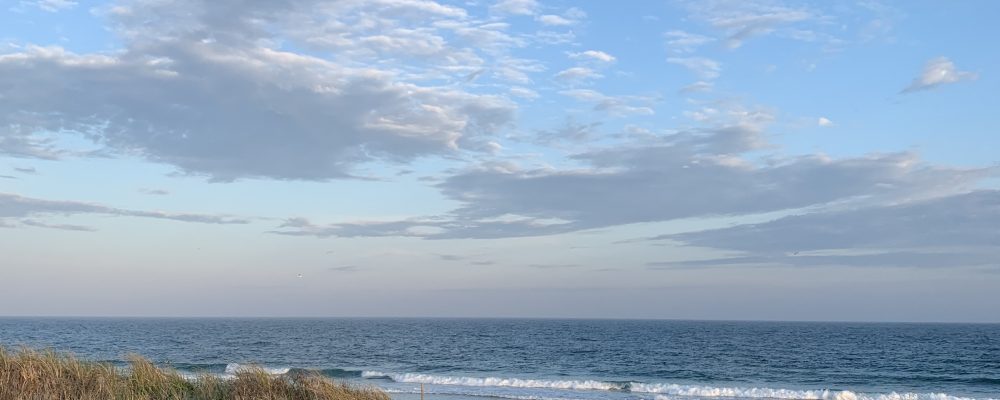On March 4th, 2020, a Notice of Intent came before the Nantucket Conservation Commission for the demolition of an existing single-family home and construction of two new single-family homes on the property at 46 Easton Street. This type of project is typical here on Nantucket, where subdividing properties (especially waterfront) is a lucrative business. NLC is writing about this project to explain some of the problems with waterfront development in the era of climate change and sea level rise.
The property at 46 Easton Street has natural resources critical to Nantucket’s ability to adapt to rising seas. One of the most critical resources on the property is a coastal dune. In our local wetland bylaw, a coastal dune is defined as “any hill, mound, or ridge of sediment landward of a coastal beach deposited by wind action, storm overwash, or man-made. Coastal dunes are significant for flood control, as a sediment supply to down drift coastal resource areas, for rare/significant habitat, for recreation, and for wetland scenic views.” As an island made up of constantly eroding and accreting coastal dunes, banks, and beaches, Nantucket has natural defenses against the effects of climate change. These natural features protect Nantucket from storms and will serve as an important buffer against rising sea levels in the years to come.
However, human activity such as the proposed subdivision at 46 Easton street inhibits Nantucket’s natural ability to adapt to sea level rise. The coastal dune located on the property needs room to move- yes, dunes move! As they are eroded by wind and waves, the sand structures of our coastline migrate, often landward. When we start building structures right up against the water and covering every square foot possible on a lot shared with a coastal dune, the dune, bank or beach is simply lost. This leaves homes and infrastructure exposed to the mighty seas for every gale that rolls through and every inch the seas rise. Here on Nantucket we need to rethink our idea of what waterfront development can be. The old model with homes, pools, cabanas, spas and lawns built right up against our harbors and oceanfront must be abandoned. By leaving no space for Nantucket’s coastal buffers to adjust to ever changing conditions, we’re left with no alternative but coastal engineering structures- geotubes, rock revetments, timber groins. These are all expensive and temporary solutions to a problem nature already solved.
Where there are coastal beaches, banks and dunes there is protection for property and infrastructure. These natural coastal landscapes are what make Nantucket so beautiful, so resilient and so popular. As we design our waterfront properties, we must keep these resources intact, or pay a steep price for inferior man-made solutions.

